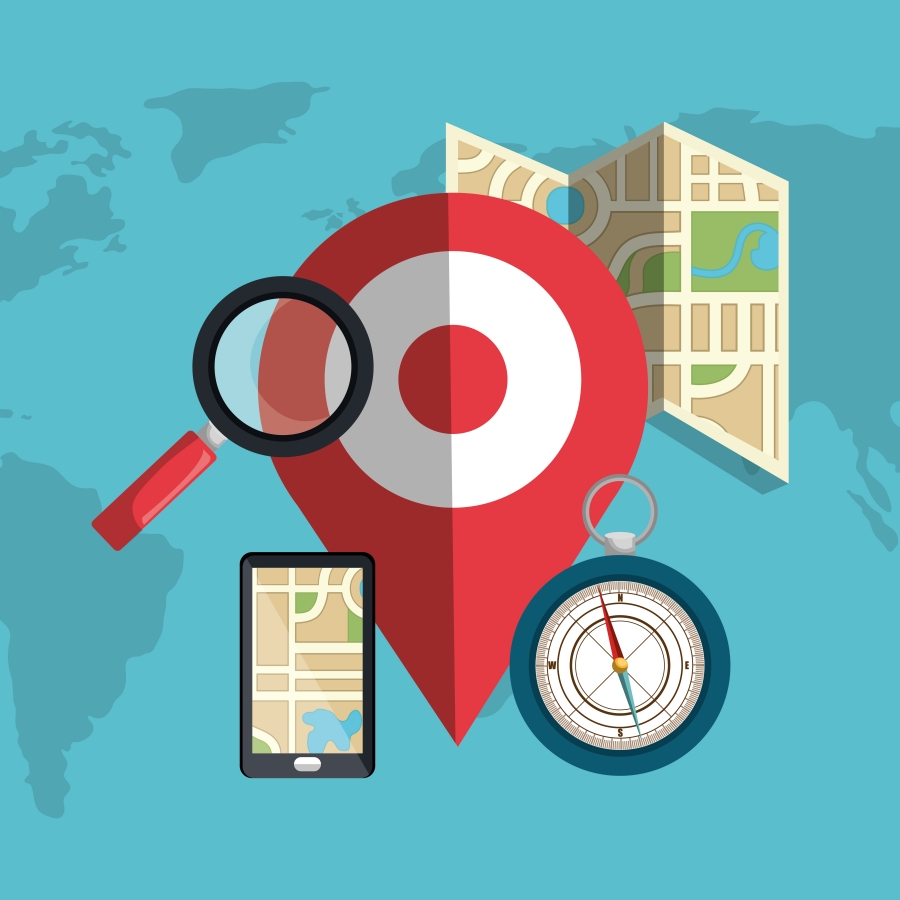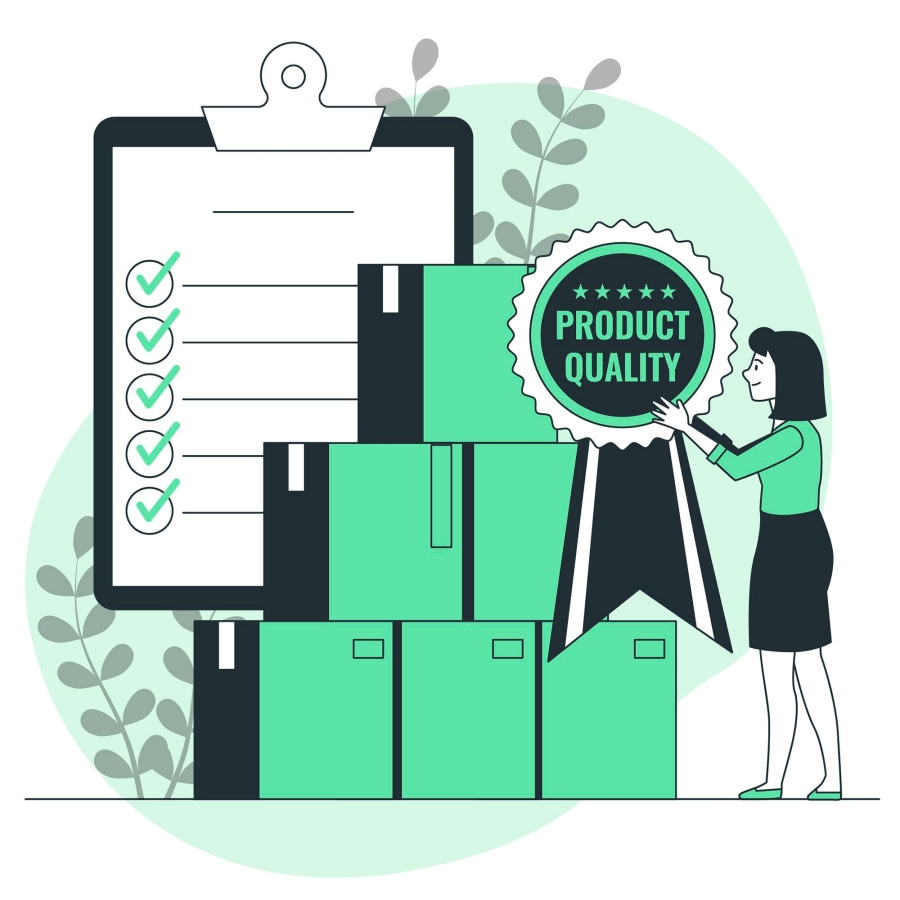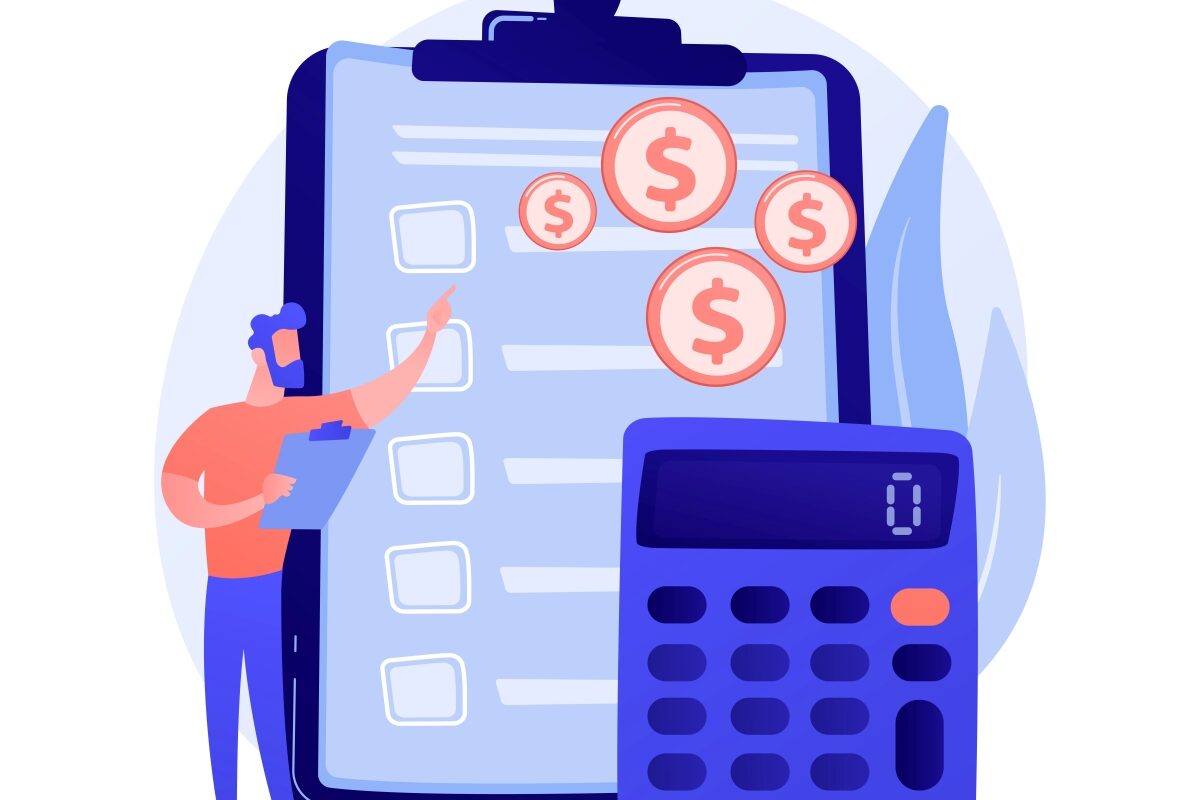When businesses decide to develop an iOS app, they are stepping into one of the most lucrative and high-potential mobile markets globally. However, with this opportunity comes the need for expertise, which means hiring a skilled iOS app developer. But what does this hiring journey look like financially?
Understanding the cost factors can be crucial in budgeting effectively and ensuring a successful project outcome. From hourly rates and skill requirements to geographic differences and long-term support costs, the budget can vary widely depending on several factors. In this blog, we’ll walk through everything you should consider when you plan to hire an iOS app developer, providing you with insights that will help you make informed decisions. Whether you’re a startup looking to break into the market or an established company aiming to expand, here’s what to expect.
Navigating Costs: A Comprehensive Guide to Hiring an iOS App Developer
1. Hourly Rates and Experience Level
When hiring an iOS app developer, hourly rates are one of the primary cost factors. The developer’s experience can dramatically influence these rates, with junior developers generally charging less than seasoned professionals.
- Junior Developers: Those with less experience typically charge lower rates, which can be appealing if you’re working with a limited budget. However, they might need more guidance, potentially lengthening the development timeline.
- Mid-Level Developers: These developers have some experience and offer a balance between cost and expertise. They can often manage projects independently and provide valuable insights.
- Senior Developers: When you hire iOS app developers at a senior position they typically charge higher rates but bring deep knowledge and experience to the table, often helping to solve complex issues efficiently.
According to data, the average hourly rate for iOS app developers in the US is $59, which fluctuates depending on experience and location.
2. Geographic Location and Its Impact on Costs
The location of your iOS developer can significantly affect costs. Hiring developers from countries with lower cost-of-living standards can lead to considerable savings, while hiring locally in countries like the United States or Western Europe tends to be more expensive.

- North America: Developers here often command higher rates, from $80 to $150 per hour. While costly, these developers are familiar with Western market trends and compliance needs.
- Eastern Europe: Countries like Ukraine and Poland offer high-quality developers at more affordable rates, averaging $30 to $60 per hour.
- Asia: India and the Philippines are popular for cost-effective development, with rates between $20 and $50 per hour.
Insight: Geographic considerations play a big role in pricing; however, it’s important to consider language fluency, time zone differences, and cultural alignment when outsourcing internationally.
3. Project Complexity and Custom Features
The complexity of your project has a direct impact on development costs. Simple applications with basic functionality, such as informational or content-driven apps, cost significantly less than complex applications requiring unique features.
- Simple Apps: These apps, including informational and utility-based apps, are the least costly to develop, usually requiring fewer resources and time.
- Moderately Complex Apps: These might include features like in-app purchases, social sharing, and location-based services, increasing the cost.
- Highly Complex Apps: Complex applications, such as e-commerce or social networking apps, require advanced features like payment integrations, real-time notifications, and complex backend support, raising the development price.
Complex projects can cost up to five times more than simple apps, with average costs depending on the features.
4. Ongoing Maintenance and Updates
An often-overlooked cost of hiring an iOS app developer is the maintenance and updates that come after the initial launch. iOS frequently updates its operating system, requiring app adjustments to remain compatible and functional.
- Bug Fixes: Ensuring a smooth user experience requires regular bug fixes, especially as new devices and iOS updates are released.
- Feature Updates: Adding new features to enhance the user experience or keep up with market trends often requires additional development time and cost.
- Security Updates: Ensuring data privacy and security compliance is critical for iOS apps, necessitating periodic updates to safeguard against threats.
5. Required Tools and Licenses
iOS app development requires certain tools, licenses, and potentially third-party integrations, each of which can add to the cost of hiring a developer. Some developers include these costs in their rates, while others may itemize them separately.
- Apple Developer Program: To publish an app on the App Store, developers need to be enrolled in the Apple Developer Program.
- Development Tools: Tools like Xcode (Apple’s integrated development environment) are free, but third-party services like testing platforms or analytics tools may require a subscription.
- Third-Party Integrations: If your app requires integrations like payment gateways, maps, or social media logins, each of these may have associated costs or require additional developer expertise.
6. Testing and Quality Assurance (QA)
Testing is a critical phase in app development, ensuring that your iOS app is bug-free, user-friendly, and meets Apple’s high standards before launch. Investing in quality assurance can help prevent costly post-launch fixes and user dissatisfaction.
- Functional Testing: Ensures all aspects of the app work as intended across various devices and iOS versions.
- Usability Testing: Focuses on the user experience, assessing how easily users can navigate and engage with the app.
- Performance Testing: Evaluates app speed, responsiveness, and stability under different conditions, such as low battery or poor network connectivity.

7. Hiring Models: Freelancers vs. Agencies
The cost to hire iOS app developers can vary depending on whether you opt for freelancers or development agencies. Each has its own set of advantages and associated costs.
- Freelancers: Freelancers generally charge lower rates and can be a good fit for smaller, less complex projects. However, they may lack resources for comprehensive testing and quality assurance.
- Development Agencies: Agencies provide a full suite of services, including design, development, and testing, making them ideal for complex projects. They tend to be more expensive but offer reliability and a structured development process.
For instance, while freelancers may charge $25-$100 per hour, agencies might charge $80-$200 per hour. Agencies offer end-to-end support, which can ultimately save costs on quality assurance and post-launch support.
8. The Hidden Costs of Delays and Redesigns
Development delays and redesigns are common pitfalls that can inflate costs unexpectedly. When specifications are not clearly outlined from the start, it can lead to misunderstandings and adjustments that consume both time and resources.
- Scope Creep: Without a defined project scope, additional features and functionalities can be requested, extending the timeline and increasing costs.
- Redesigns: After initial testing or feedback, significant changes to the app design may be needed. Redesigns require additional developer and designer hours.
- Missed Deadlines: Delays can impact launch timelines, which is especially costly if the app is part of a product launch or marketing campaign.
Planning a clear project scope and maintaining open communication can mitigate the risk of unexpected costs.
Summing Up
Hiring an iOS app developer involves careful cost planning and understanding the various factors that contribute to the final budget. From hourly rates and geographic location to ongoing maintenance and testing, these considerations are essential for a successful, cost-effective development project.
By knowing what to expect and planning accordingly, businesses can maximize their investment and ensure a smooth, effective development process that aligns with their goals. Taking these steps will help you find the right balance between quality and cost, leading to a successful partnership that delivers an app that meets both your expectations and your budget.




